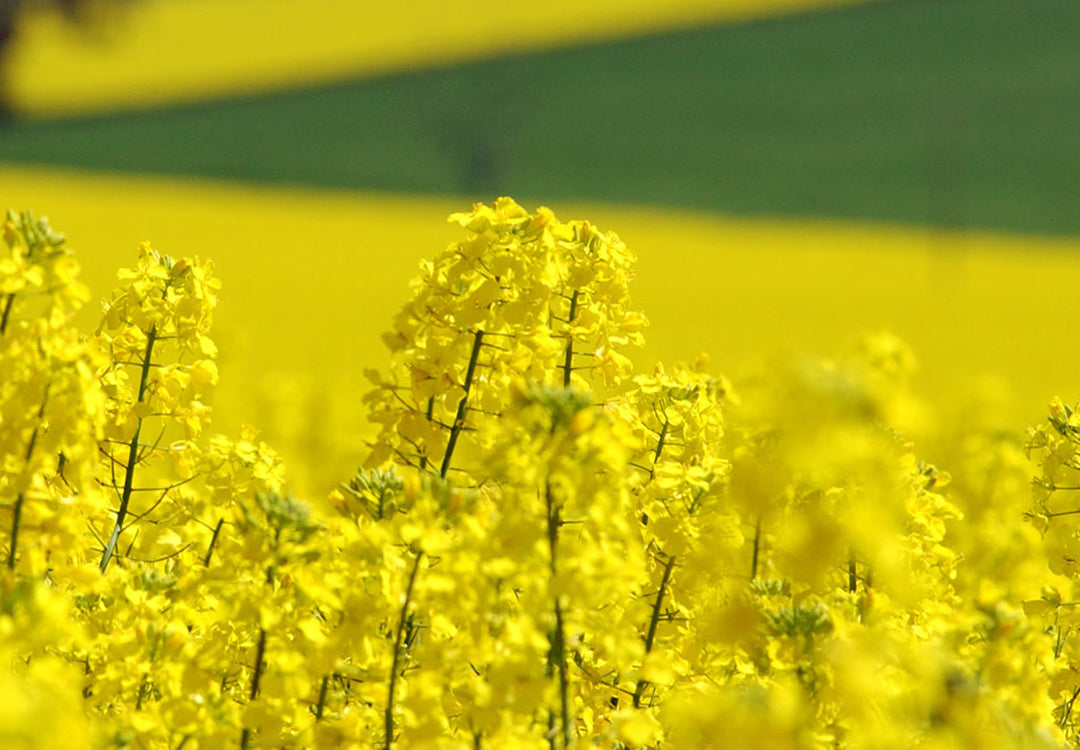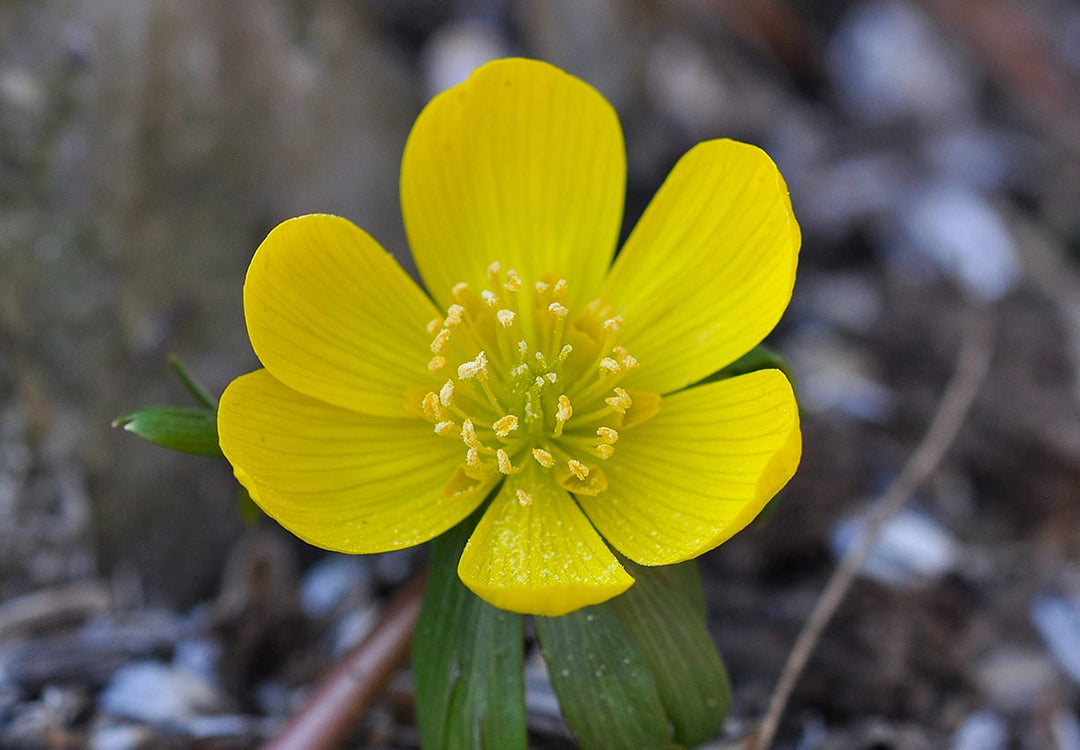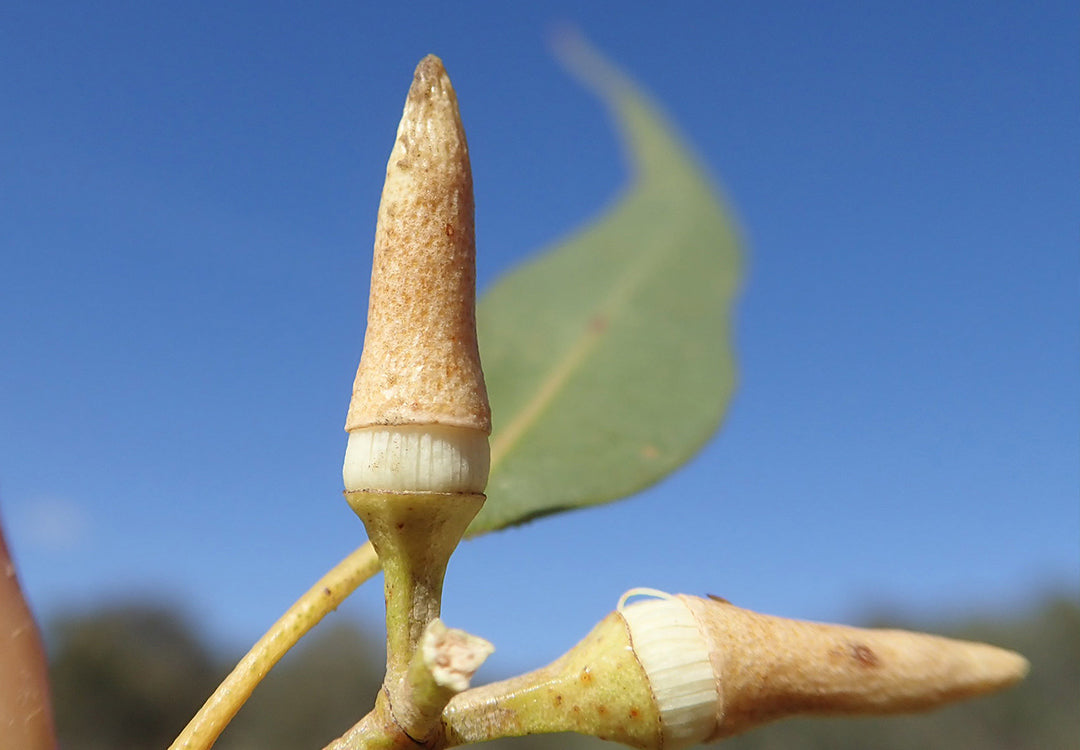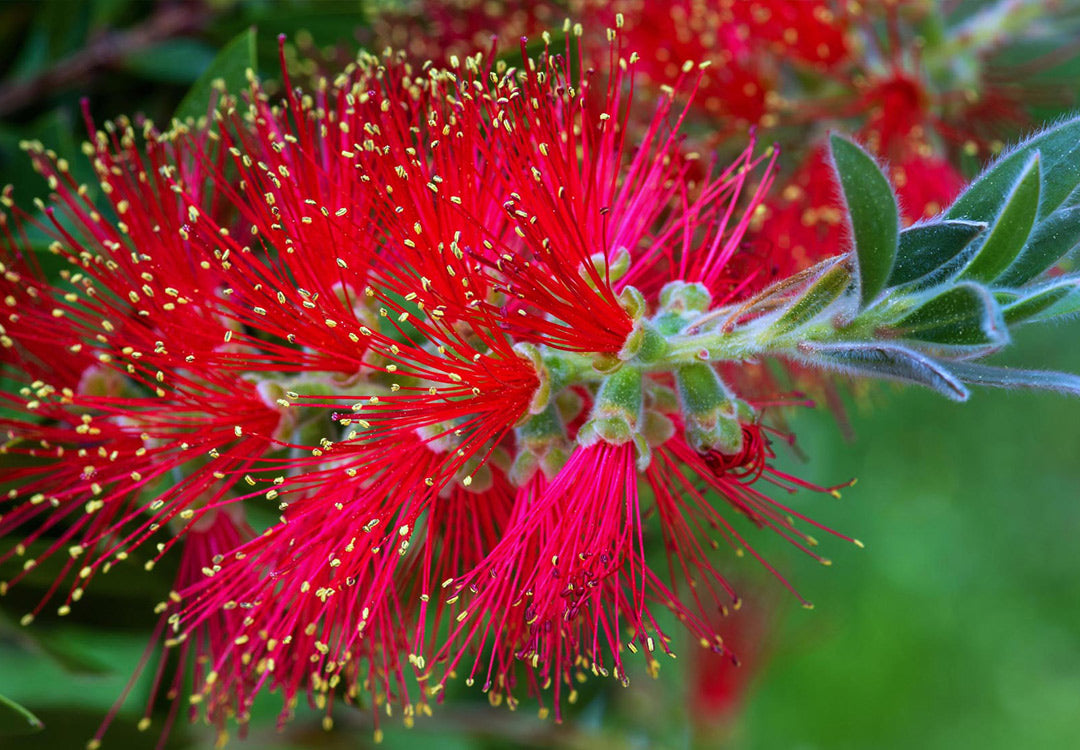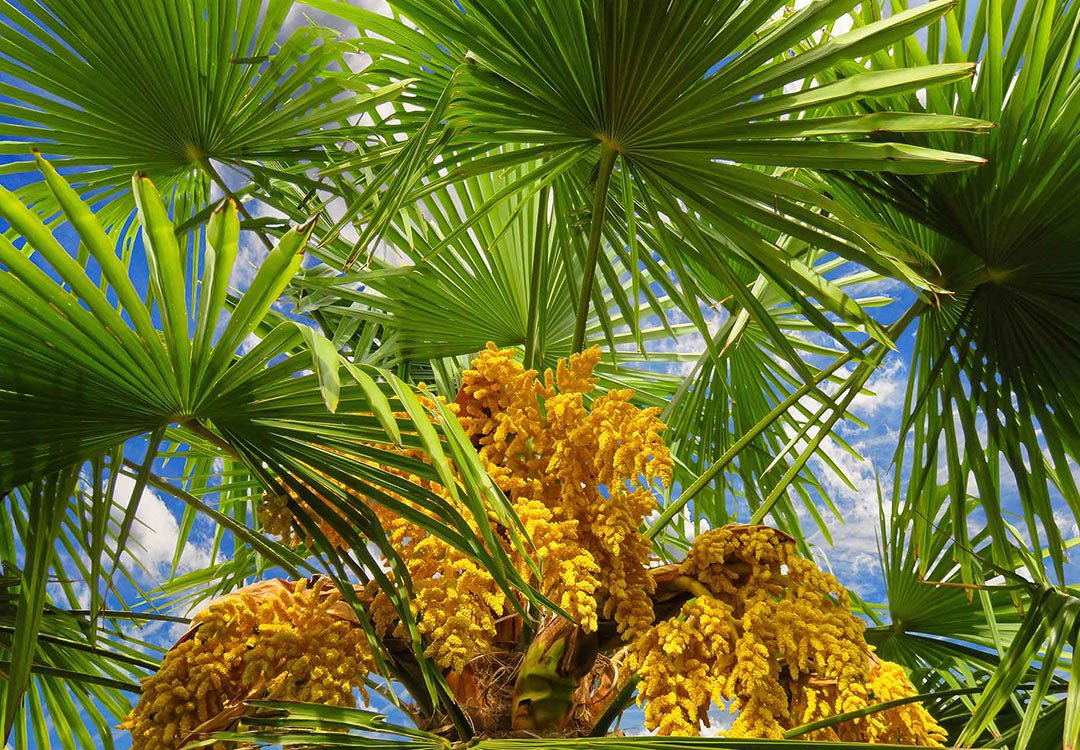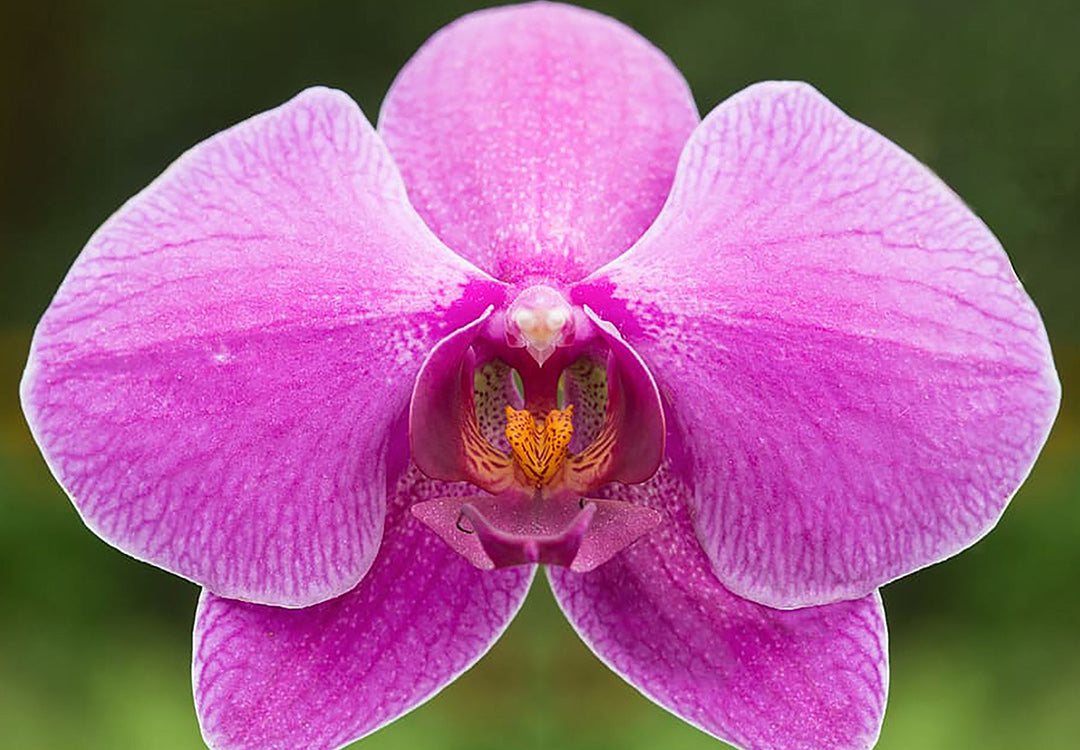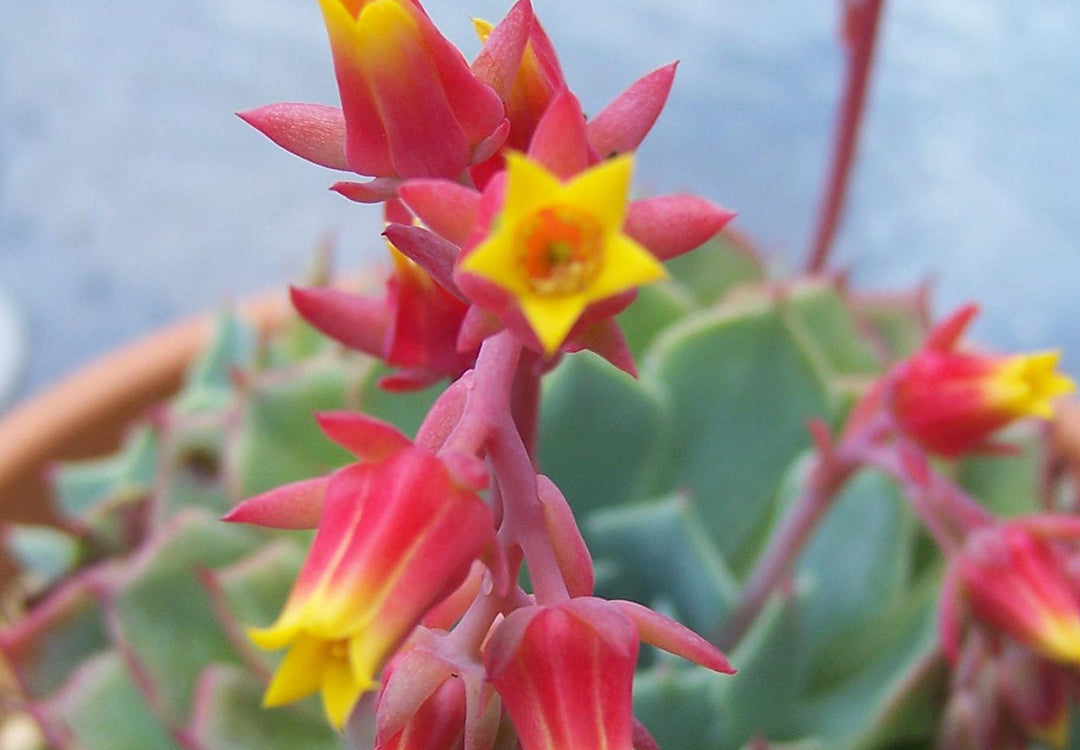Brassicaceae, The Brassica/Mustard Family
The brassica family, also known as the mustard or cruciferous family, is an economically important group of dicotyledonous plants that probably makes up a part of your everyday diet. Family members are generally small herbaceous plants but there are some shrubby varieties and even a few vines as well. Description Bisexual, radially symmetrical flowers are often bright yellow, though they’re
Continue reading
